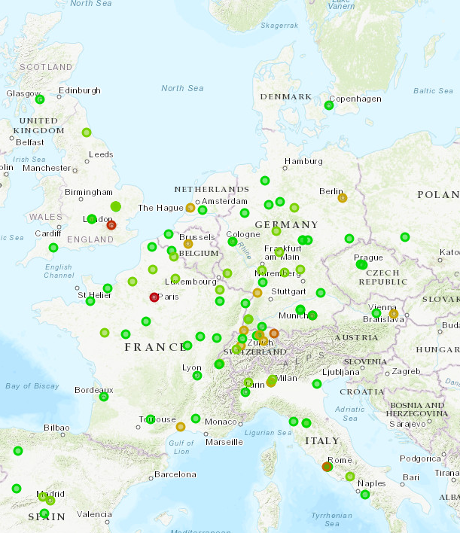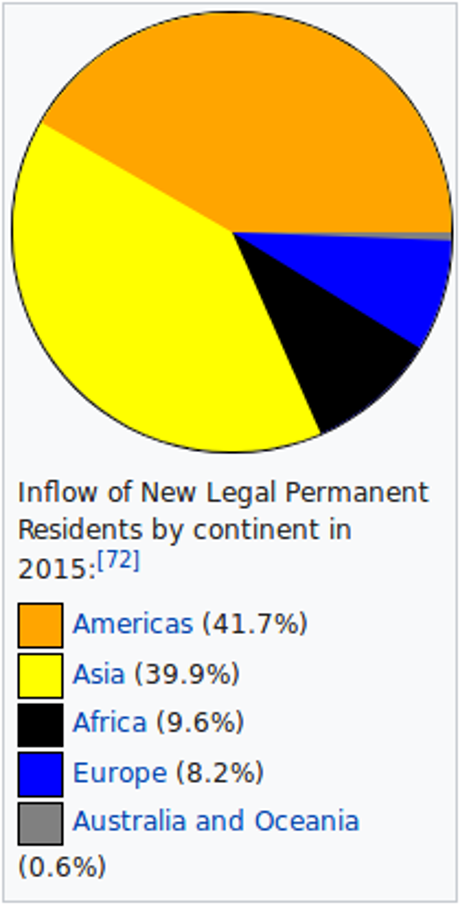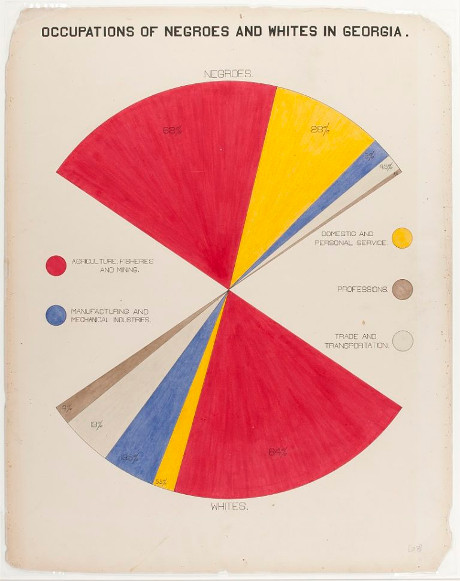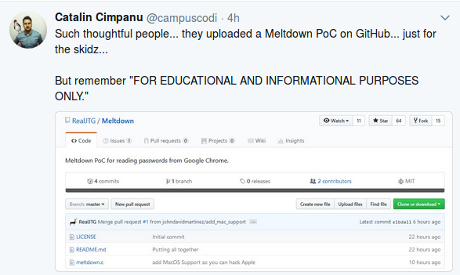New guide helps journalists, researchers investigate misinformation, memes and trolling by Liliana Bounegru and Jonathan Gray.
Recent scandals about the role of social media in key political events in the US, UK and other European countries over the past couple of years have underscored the need to understand the interactions between digital platforms, misleading information and propaganda, and their influence on collective life in democracies.
In response to this, the Public Data Lab and First Draft collaborated last year to develop a free, open-access guide to help students, journalists and researchers investigate misleading and viral content, memes and trolling practices online.
Released today, the five chapters of the guide describe a series of research protocols or “recipes” that can be used to trace trolling practices, the ways false viral news and memes circulate online, and the commercial underpinnings of problematic content. Each recipe provides an accessible overview of the key steps, methods, techniques and datasets used.
The guide will be most useful to digitally savvy and social media literate students, journalists and researchers. However, the recipes range from easy formulae that can be executed without much technical knowledge other than a working understanding of tools such as BuzzSumo and the CrowdTangle browser extension, to ones that draw on more advanced computational techniques. Where possible, we try to offer the recipes in both variants.
…
Download the guide at the Public Data Lab’s website.
The techniques in the guide are fascinating but the underlying definition of “fake news” is problematic:
…
The guide explores the notion that fake news is not just another type of content that circulates online, but that it is precisely the character of this online circulation and reception that makes something into fake news. In this sense fake news may be considered not just in terms of the form or content of the message, but also in terms of the mediating infrastructures, platforms and participatory cultures which facilitate its circulation. In this sense, the significance of fake news cannot be fully understood apart from its circulation online. It is the register of this circulation that also enables us to trace how material that starts its life as niche satire can be repackaged as hyper-partisan clickbait to generate advertising money and then continue life as an illustration of dangerous political misinformation.
As a consequence this field guide encourages a shift from focusing on the formal content of fabrications in isolation to understanding the contexts in which they circulate online. This shift points to the limits of a “deficit model” approach – which might imply that fabrications thrive only because of a deficit of factual information. In the guide we suggest new ways of mapping and responding to fake news beyond identifying and fact-checking suspect claims – including “thicker” accounts of circulation as a way to develop a richer understanding of how fake news moves and mobilises people, more nuanced accounts of “fakeness” and responses which are better attuned to the phenomenon.
… (page 8)
The means by which information circulates is always relevant to the study of communications. However, notice that the authors’ definition excludes traditional media from its quest to identify “fake news.” Really? Traditional media isn’t responsible for the circulation of any “fake news?”
Examples of traditional media fails are legion but here is a recent and spectacular one: The U.S. Media Suffered Its Most Humiliating Debacle in Ages and Now Refuses All Transparency Over What Happened by Glenn Greenwald.
Friday was one of the most embarrassing days for the U.S. media in quite a long time. The humiliation orgy was kicked off by CNN, with MSNBC and CBS close behind, and countless pundits, commentators, and operatives joining the party throughout the day. By the end of the day, it was clear that several of the nation’s largest and most influential news outlets had spread an explosive but completely false news story to millions of people, while refusing to provide any explanation of how it happened.
The spectacle began Friday morning at 11 a.m. EST, when the Most Trusted Name in News™ spent 12 straight minutes on air flamboyantly hyping an exclusive bombshell report that seemed to prove that WikiLeaks, last September, had secretly offered the Trump campaign, even Donald Trump himself, special access to the Democratic National Committee emails before they were published on the internet. As CNN sees the world, this would prove collusion between the Trump family and WikiLeaks and, more importantly, between Trump and Russia, since the U.S. intelligence community regards WikiLeaks as an “arm of Russian intelligence,” and therefore, so does the U.S. media.
This entire revelation was based on an email that CNN strongly implied it had exclusively obtained and had in its possession. The email was sent by someone named “Michael J. Erickson” — someone nobody had heard of previously and whom CNN could not identify — to Donald Trump Jr., offering a decryption key and access to DNC emails that WikiLeaks had “uploaded.” The email was a smoking gun, in CNN’s extremely excited mind, because it was dated September 4 — 10 days before WikiLeaks began promoting access to those emails online — and thus proved that the Trump family was being offered special, unique access to the DNC archive: likely by WikiLeaks and the Kremlin.
…
There was just one small problem with this story: It was fundamentally false, in the most embarrassing way possible. Hours after CNN broadcast its story — and then hyped it over and over and over — the Washington Post reported that CNN got the key fact of the story wrong.
…
This fundamentally false story does not qualify as “fake news” for this guide. Surprised?
The criteria for “fake news” also excludes questioning statements from members of the intelligence community, which includes James Clapper, a self-confessed and known liar, who continues to be the darling of mainstream media outlets.
Cozy relationships between news organizations and their reporters with government and intelligence sources are also not addressed as potential sources of “fake news.”
Limiting the scope of a “fake news” study in order to have a doable project is understandable. However, excluding factually false stories, use of known liars and corrupting relationships, all because they occur in mainstream media, looks like picking a target to tar with the label “fake news.”
The guides and techniques themselves may be quite useful, so long as you remember they were designed to show social media as the spreader of “fake news.”
One last thing, what the authors don’t offer and I haven’t seen reports of, is the effectiveness of the so-called “fake news” with voters. Taking “Pope Francis Endorses Trump,” as a lie, however widely spread that story became, did it have any impact on the 2016 election? Or did every reader do a double-take and move on? It’s possible to answer that type of question but it does require facts.





